Dundee University research has uncovered the story of a local girl sent to Dundee Royal Lunatic Asylum – which went on to become Liff Hospital – more than 100 years ago.
The project uncovered the story of Edith Swankie, whose experiences demonstrate the way health services in the early 20th Century treated mental health conditions.
Edith was just 14 when she was admitted to Dundee Royal Lunatic Asylum, which later became Liff Hospital, on June 19, 1902.
Edith’s story
Records show the cause for Edith’s admission to the asylum was “symptoms of hypomania linked to hormones”.
The prospect of a teenage girl being admitted to a mental health facility for such a reason might seem abhorrent now, but Edith at least appeared to have family support.
Her mother removed her from the asylum six months after she was admitted, as she became very low in mood and withdrawn.
But the research group still had questions about how she fared in life after discharge. Did she encounter mental health problems the rest of her life?
How did 20th Century society treat a girl diagnosed with mental health problems at such a young age?
Their research found Edith married James Alexander Brown on April 26, 1911. The couple went on to have a son, Alexander, who died in 1999.
The team found no evidence Edith experienced mental health issues in her adult life.
She passed away at Dundee Royal Infirmary in 1955, more than 40 years after being admitted to the asylum.
Mental health today
The research was carried out as part of a project to help Dundee locals struggling with their own mental health and uncover how patients have been treated historically.
Participants in the programme examined NHS Tayside historical records, including archives from former asylums in the area.
Murray Royal Asylum in Perth, Sunnyside Asylum in Montrose and Strathmartine Hospital are a few of the other local mental health facilities included in the research.
The research project improved confidence, creativity and wellbeing in participants.
‘I felt energised by the research’
Marion Fraser, from Dundee, says the project has changed her life.
“It was a battle for me to even go to the archives project, but from the moment I got there I didn’t want to leave.
“When we started the research we learned so much about the way asylums worked at that time and discovered both good and bad aspects.
“I felt energised by the research and the people I met doing it. It has done so much for my confidence and mental health.
“The project has led to so many more opportunities for me and the others who took part.
“We’re raising awareness of these issues in the community. We’ve written a play about mental health, performed about a dozen times across Scotland.
“We formed a recovery group that meets every week to help people with mental health, drugs or alcohol problems.
“I am 65 and looking towards getting qualifications that will allow me and my colleagues to help others with mental health problems.
“This is all thanks to the archives project.”
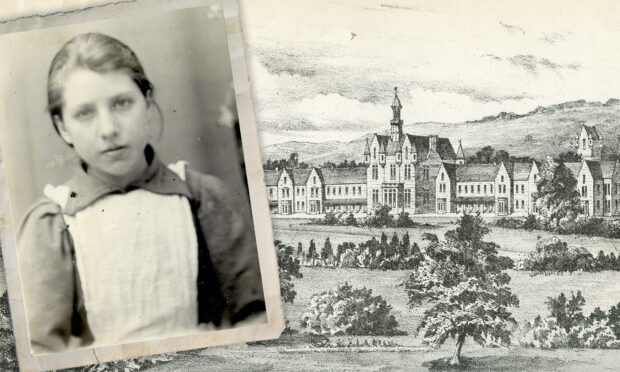
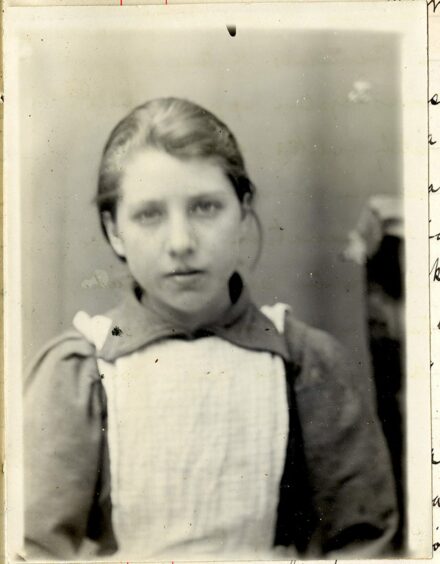
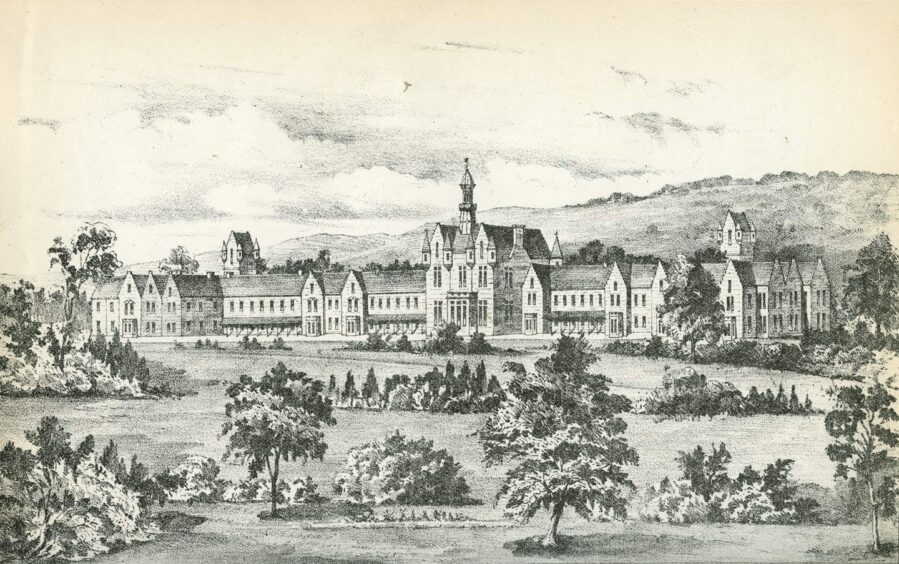
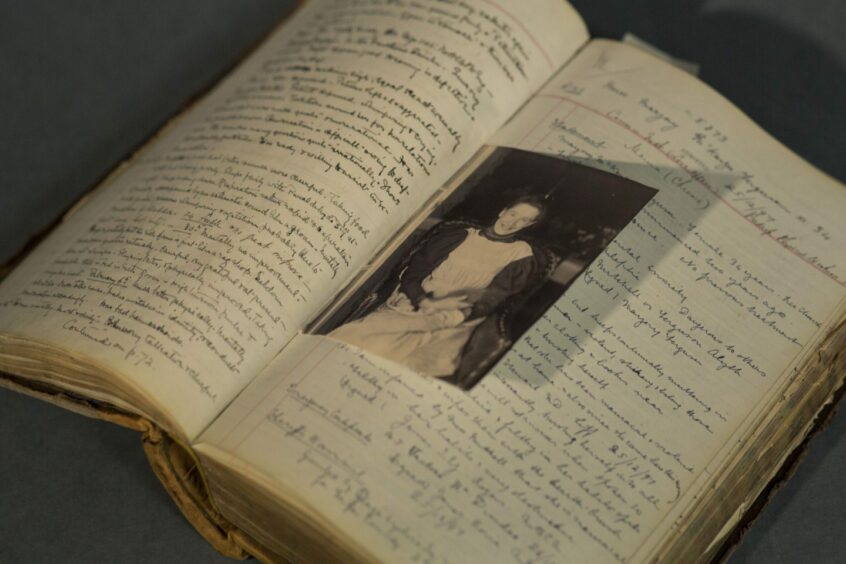
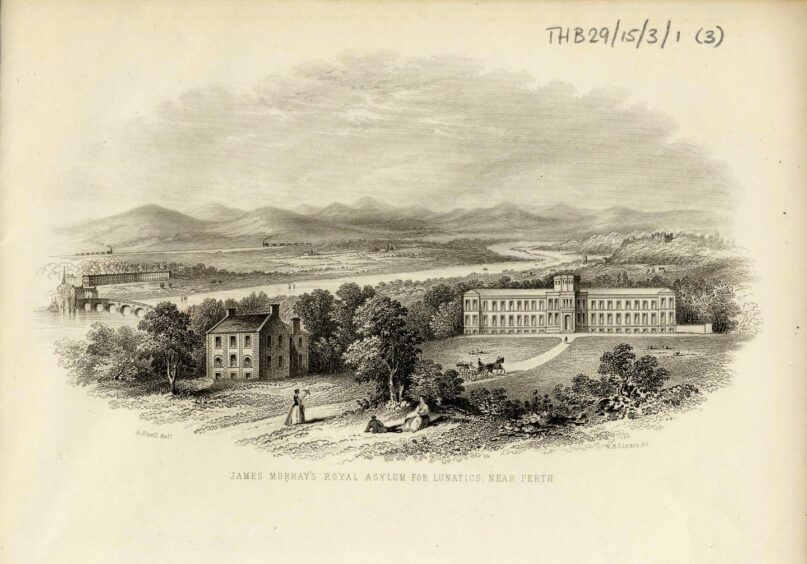
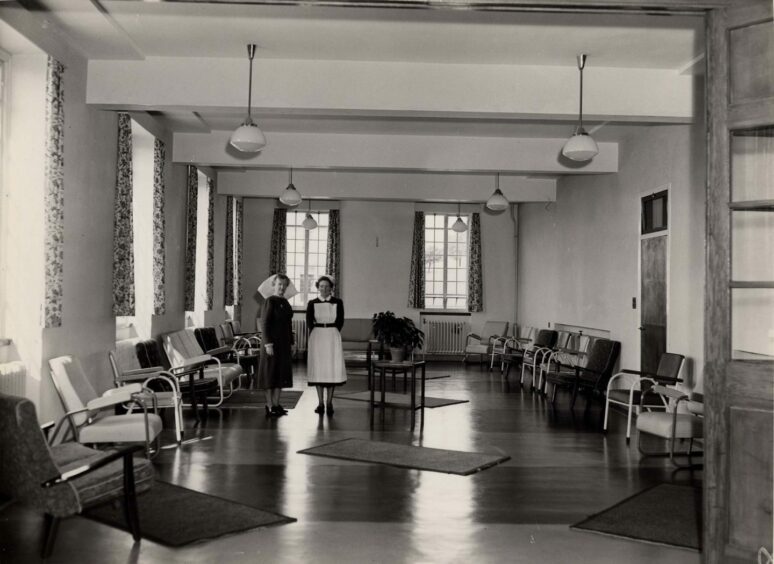




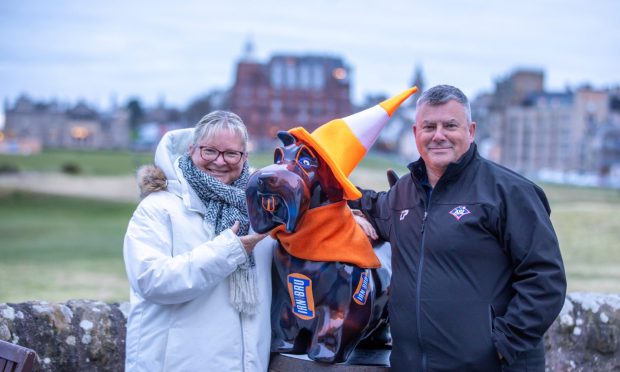

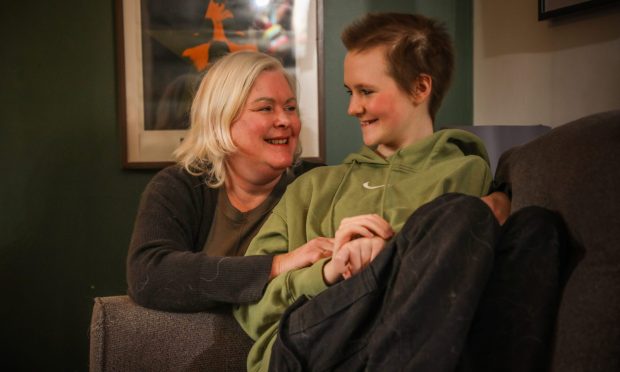

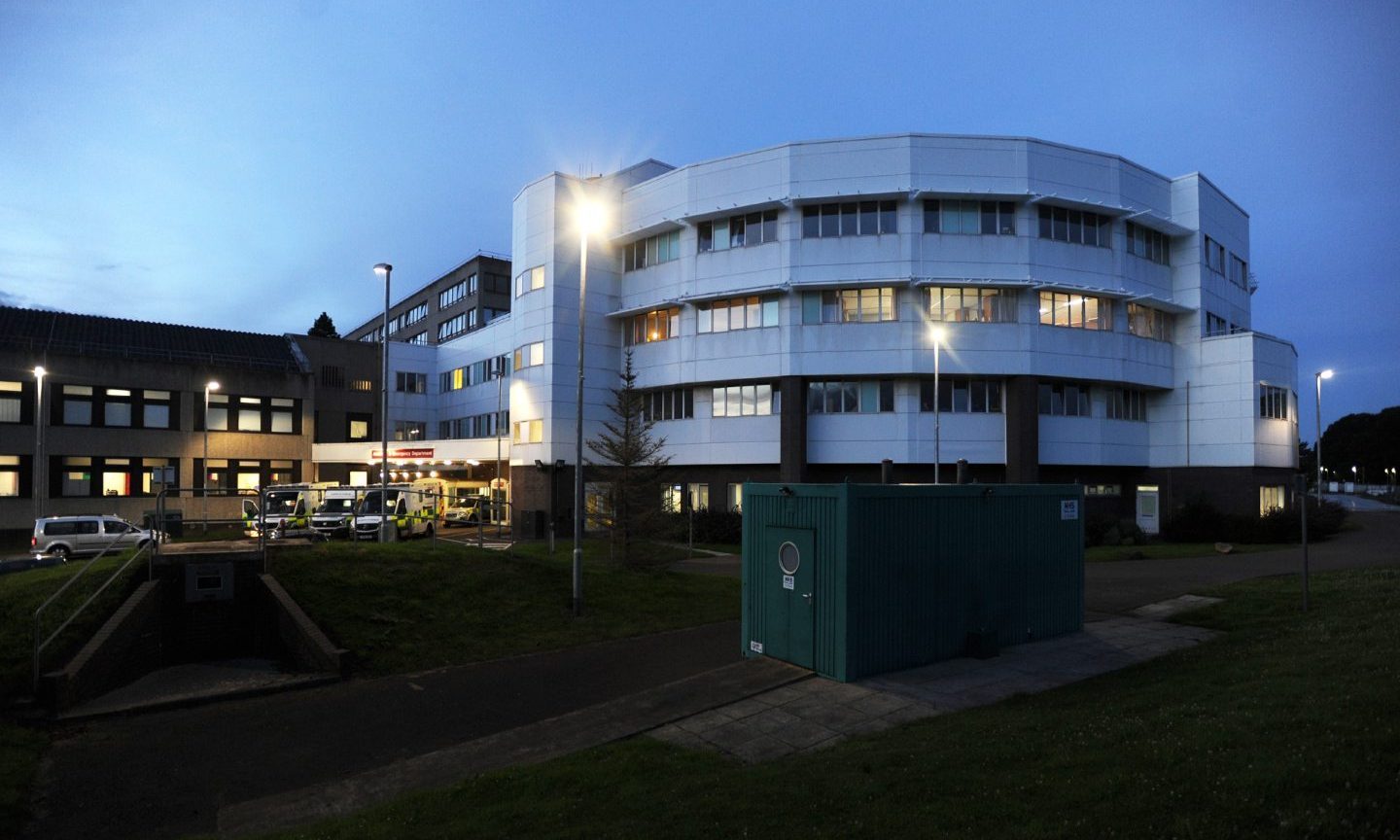
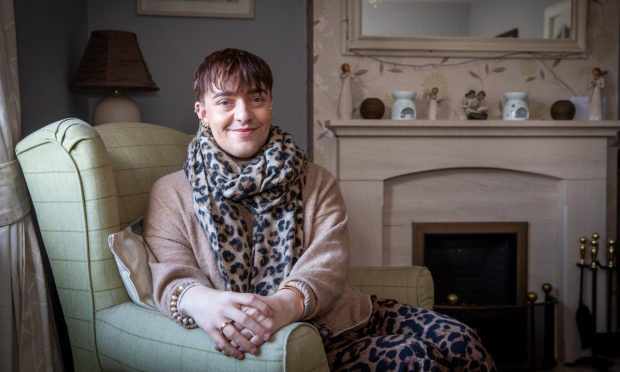
Conversation